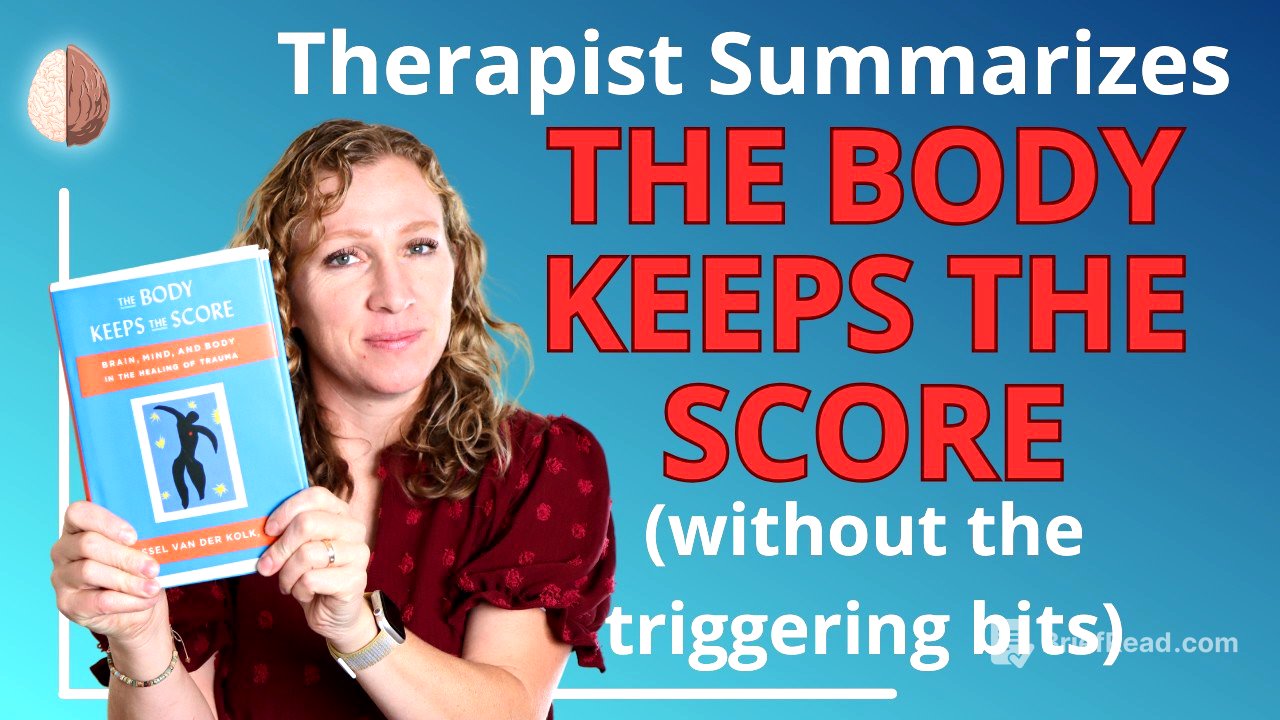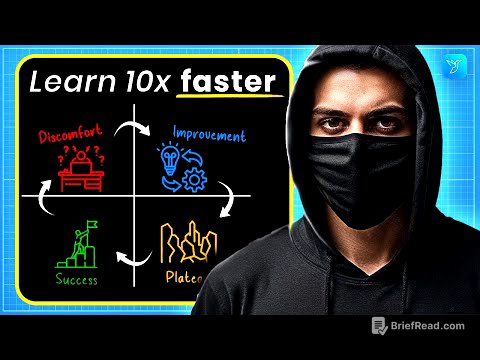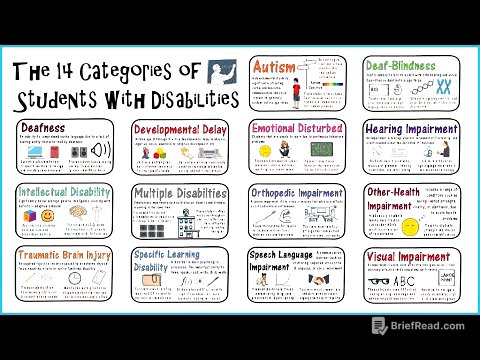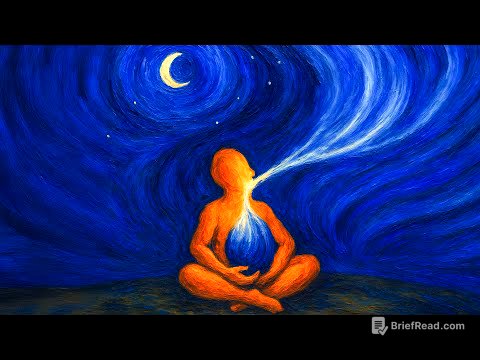TLDR;
This video summarizes "The Body Keeps the Score" by Dr. Bessel van der Kolk, focusing on the impact of trauma on the brain, body, and relationships, and explores various treatment options. It emphasizes that trauma is not just an event but an imprint on the mind and body, leading to lasting consequences. The video also highlights the importance of preventing childhood trauma and discusses effective healing methods, including medication, talk therapy, and body-based therapies.
- Trauma affects the brain, body, and relationships.
- Child abuse is a preventable cause of mental and physical illness.
- Healing involves integrating memories and body sensations through various therapies.
Intro [0:00]
The video introduces "The Body Keeps the Score" by Dr. Bessel van der Kolk, a comprehensive guide to understanding trauma and its effects on the brain and body. Despite its length and potentially triggering content, the book is valuable for understanding trauma. The video aims to summarize the book's essentials, focusing on the impacts of trauma and effective treatments, while avoiding triggering details.
Trauma’s Big 3 Impacts [0:54]
Trauma is defined not just as a disturbing event, but as the brain and body's maladaptive response to it, leading to a person being stuck reliving the experience. This imprint affects how individuals manage to survive in the present, causing them to focus on suppressing inner chaos triggered by reminders of the past, which in turn impacts their relationships. Trauma affects the brain, body, and relationships.
Child Abuse and Neglect, the ACEs Study [13:03]
Child abuse and neglect are highlighted as the most preventable causes of mental illness, drug and alcohol abuse, and contributors to major causes of death. The Adverse Childhood Experiences (ACEs) study revealed that a significant percentage of people experience at least one ACE, such as abuse, neglect, or domestic violence, which has lasting impacts on physical and mental health. Experiencing multiple ACEs increases the likelihood of chronic depression, suicide attempts, alcoholism, and physical diseases like heart disease and cancer.
Solutions for Healing Trauma [15:49]
Healing from trauma involves treating the body along with the mind to release held emotions. Healing is evident when trauma-related coping strategies are no longer needed, and individuals can integrate memories and body sensations, calming themselves in the present. The three main ways to address trauma include medication, talk therapy, and calming the body's physical sensations.
Medication for PTSD or Trauma [18:03]
Medication can help patients stay calm enough to revisit traumatic experiences, allowing the rational brain to integrate them. Medications like SSRIs, ketamine, and psychedelics may improve neuroplasticity. Medication is a tool to dial down the intensity of emotions, facilitating the processing of trauma, with the goal of grounding the body in the present so the brain can revisit and integrate the past.
Somatic/Body Based Therapies for Trauma [18:48]
Body-centric trauma healing involves recognizing and naming sensations in the body, such as tingling or tense muscles for anger or fear, and relaxed muscles or an open chest for happy sensations. This mindfulness exercise strengthens the medial prefrontal cortex, connecting the trauma in the mind and body for integration. Modalities like acupuncture, massage, yoga, freewriting, art, music, and dance can be helpful. Yoga therapy helps patients get curious about what the body is telling them rather than resisting and fearing its sensations.
Treatment for dissociation includes attunement and mirroring to help the patient find their voice. Communal rhythms, such as music in a group setting, teach attunement and synchronize brain waves. Dramatic theater helps trauma survivors work through their emotions with scripts in a controlled setting. EMDR (Eye Movement Desensitization and Reprocessing) helps survivors process traumatic memories to make them less distressing by reproducing what happens in deep sleep. Neurofeedback trains the brain to relax and create healthier brain wave patterns. Internal Family Systems (IFS) therapy works with the idea that we all have different parts inside of us and the mindful self learns to take charge.
3 Takeaways from “The Body Keeps the Score” [32:12]
The first takeaway is that mental illnesses cannot be defined as precisely as physical illnesses, and behavioral problems may have trauma at their root. The second takeaway is that there are many ways to heal trauma, including dealing with hyperarousal, mindfulness, relationships, sensory integration, and physical touch. The third takeaway is that there is much that can be done to heal from trauma, empowering individuals to process trauma in a way that keeps the brain online and the body calm.
My Review of The Body Keeps the Score [35:25]
The book has contributed to society talking about what was once taboo and ignored. The book is recommended to school teachers and other caregivers or those who have friends or loved ones who are dealing with PTSD. The video shares a free online course, Grounding Skills for Stress, Anxiety, and PTSD.









